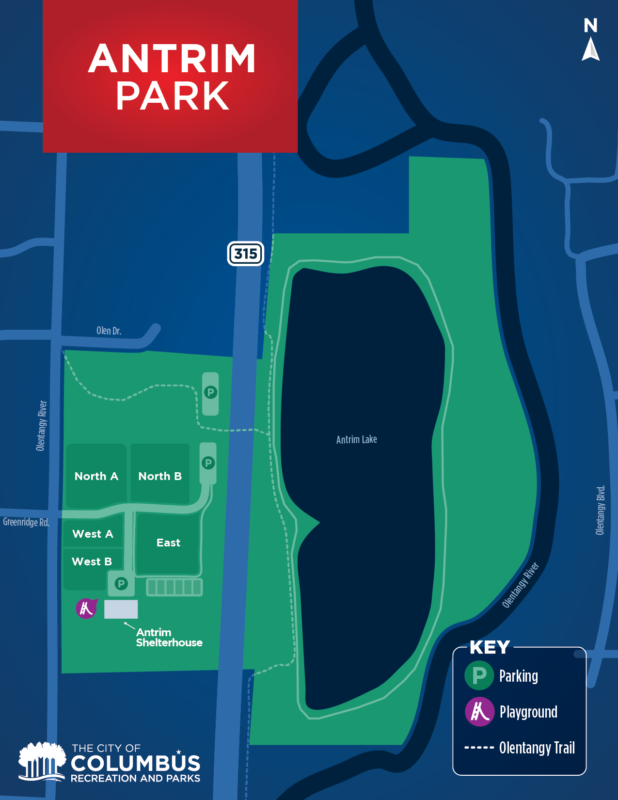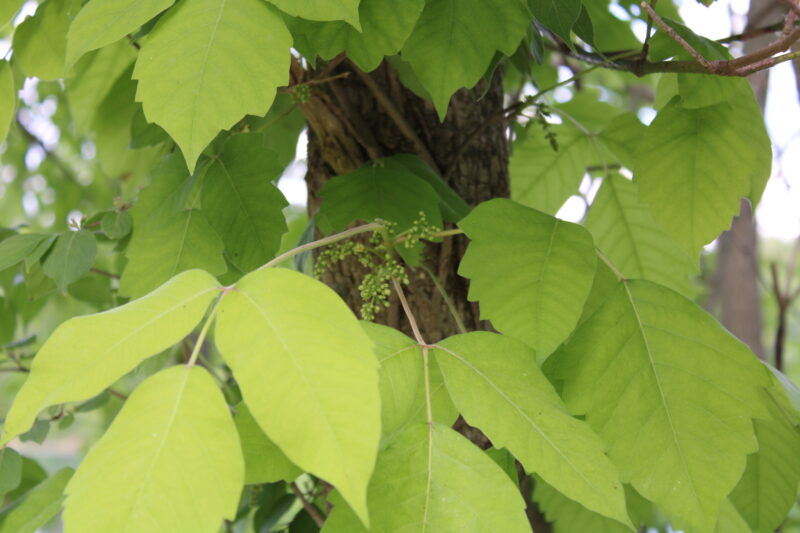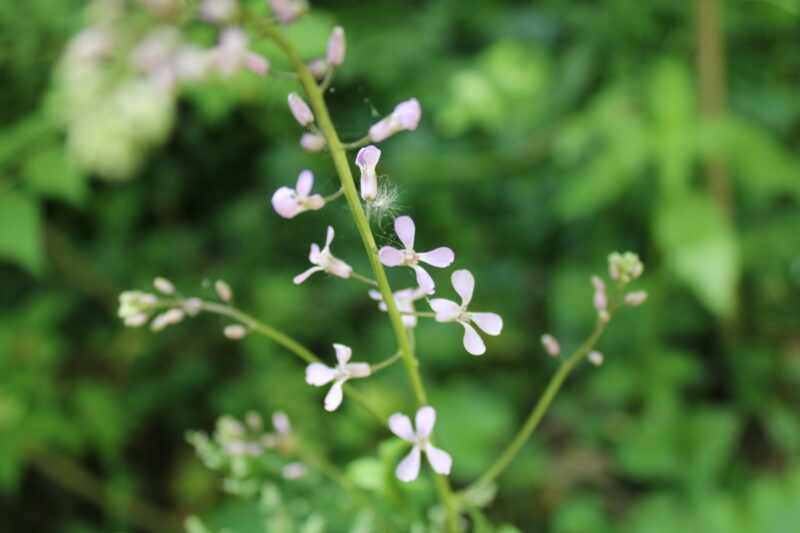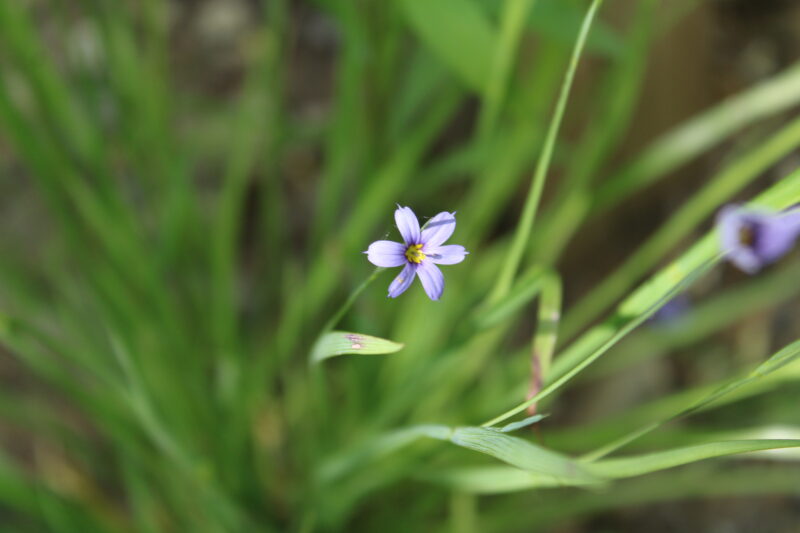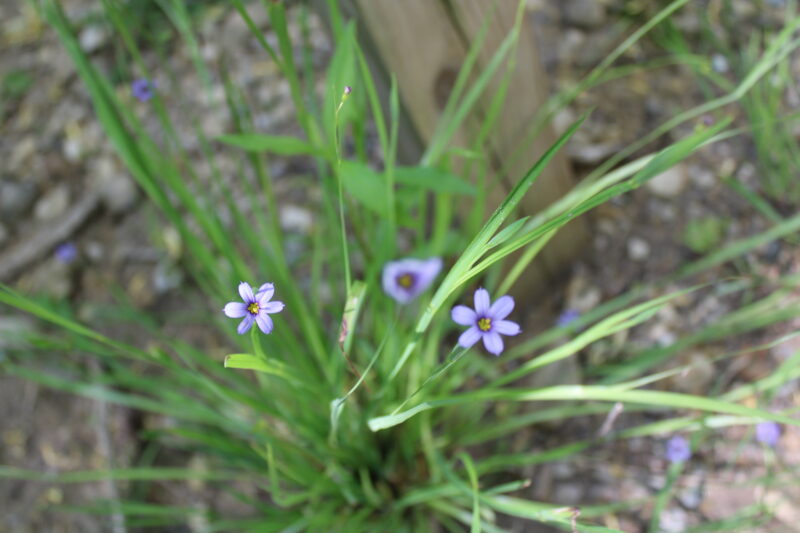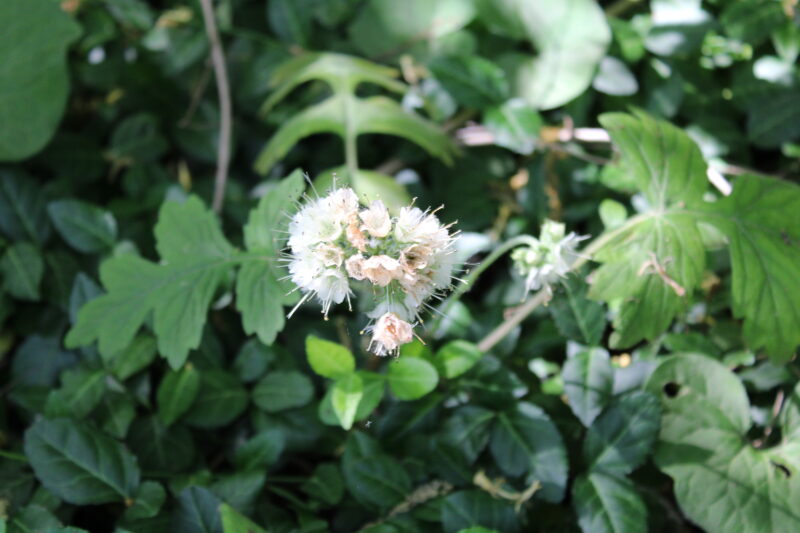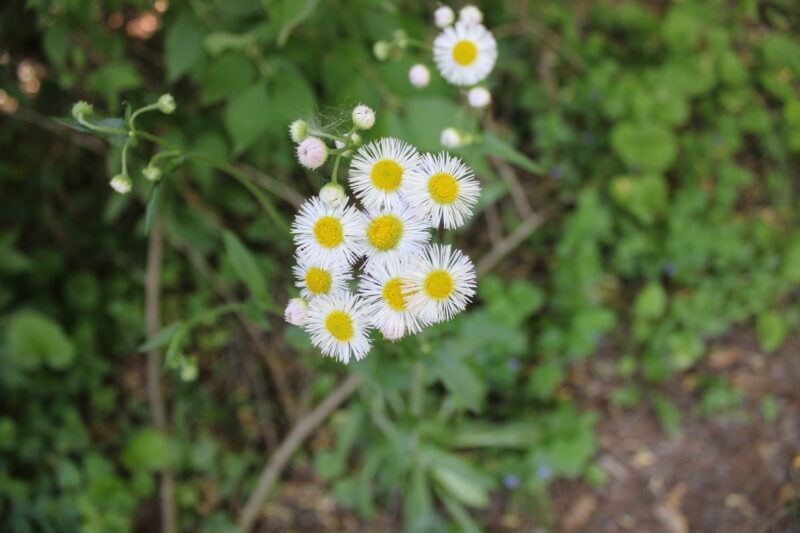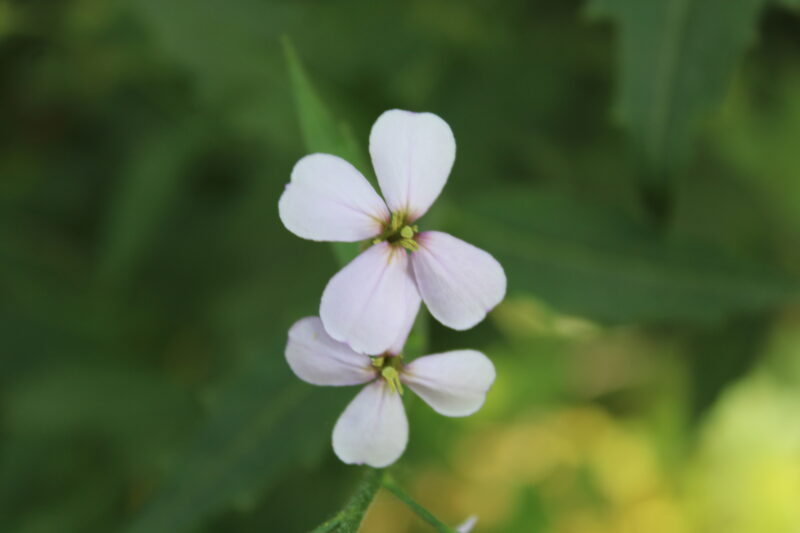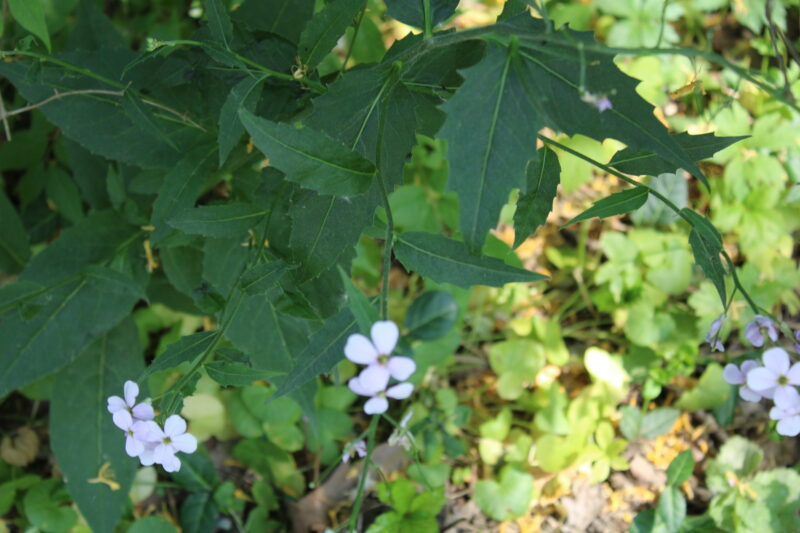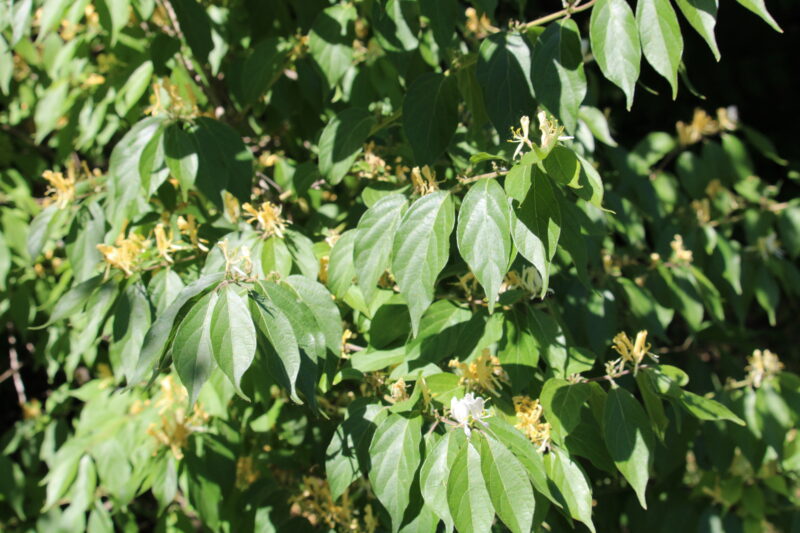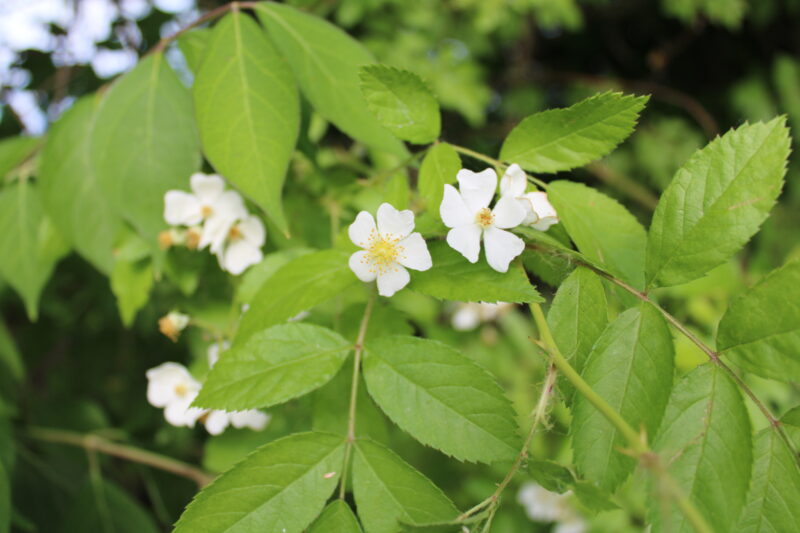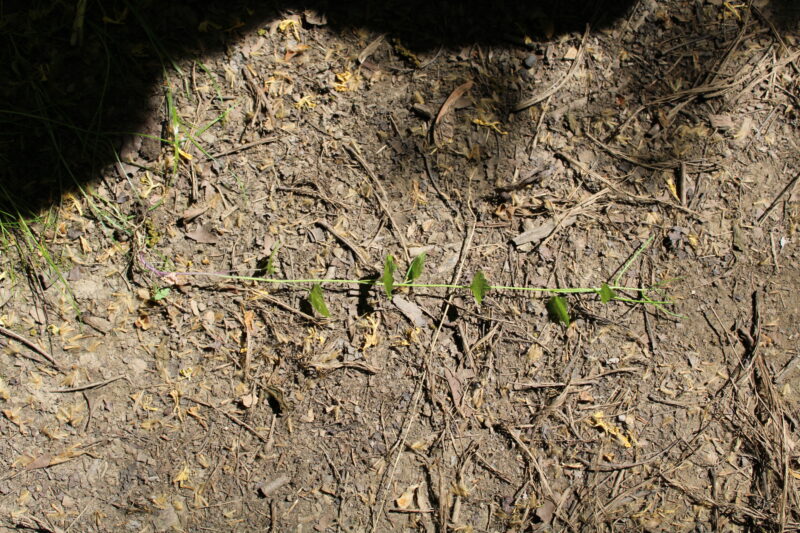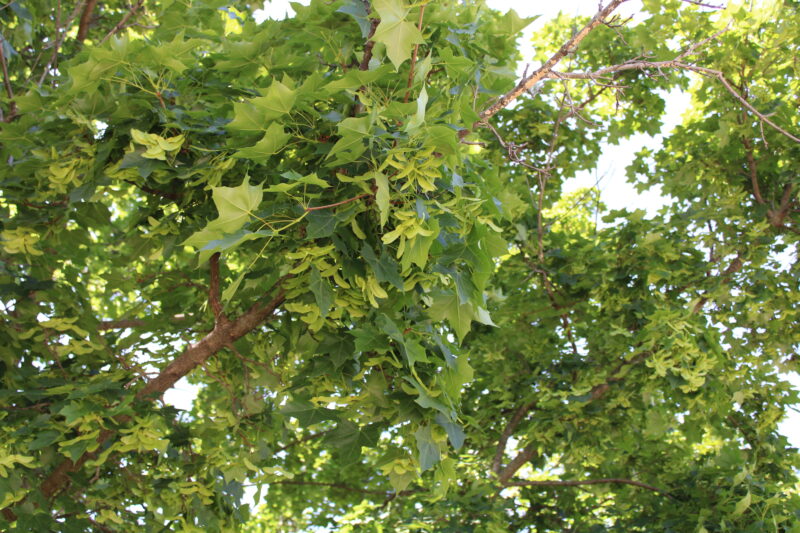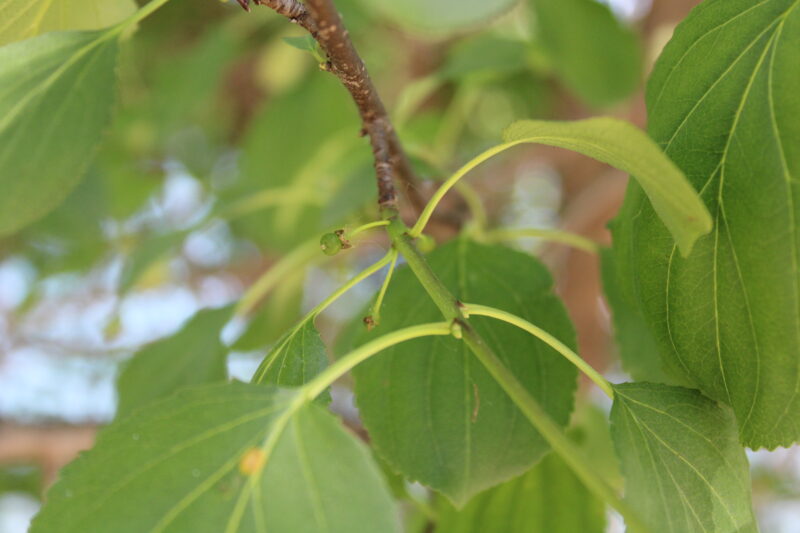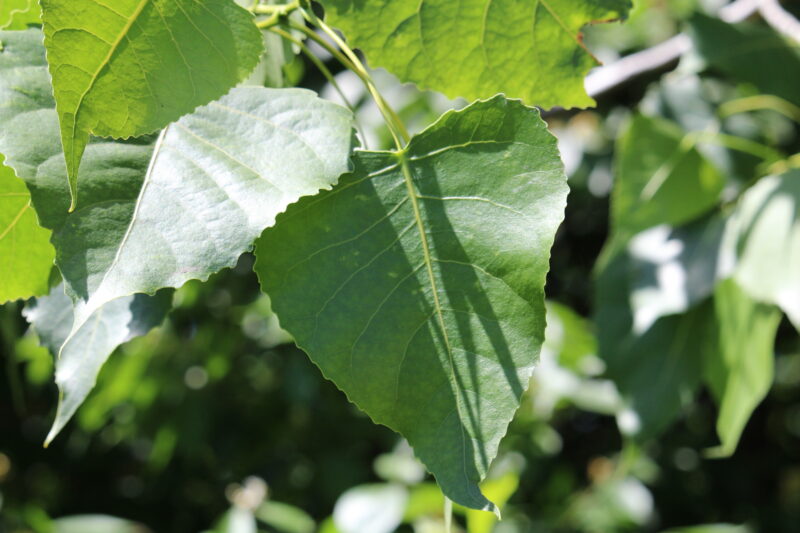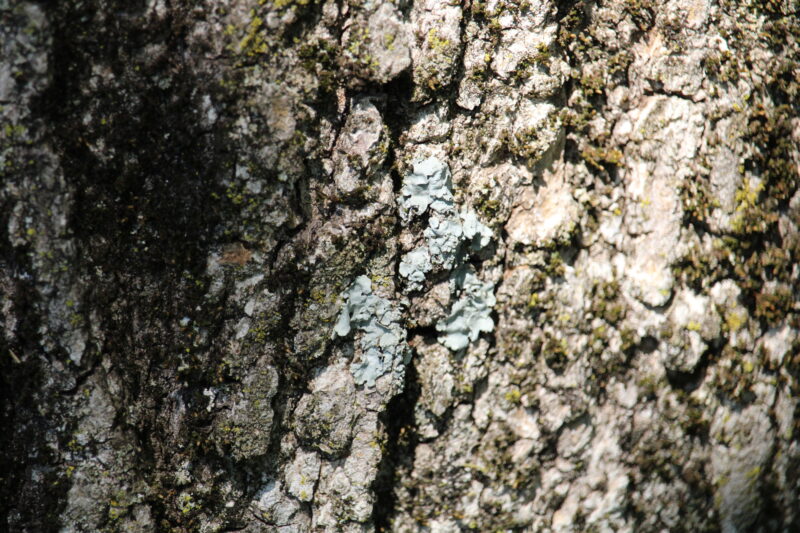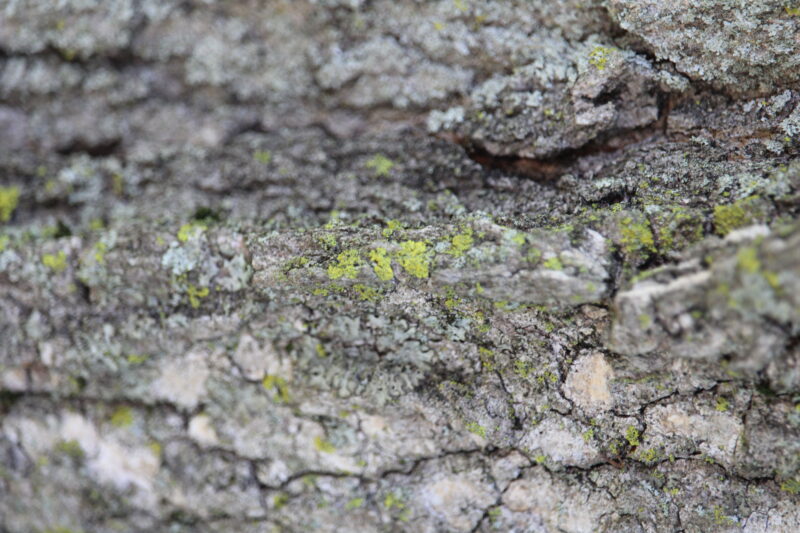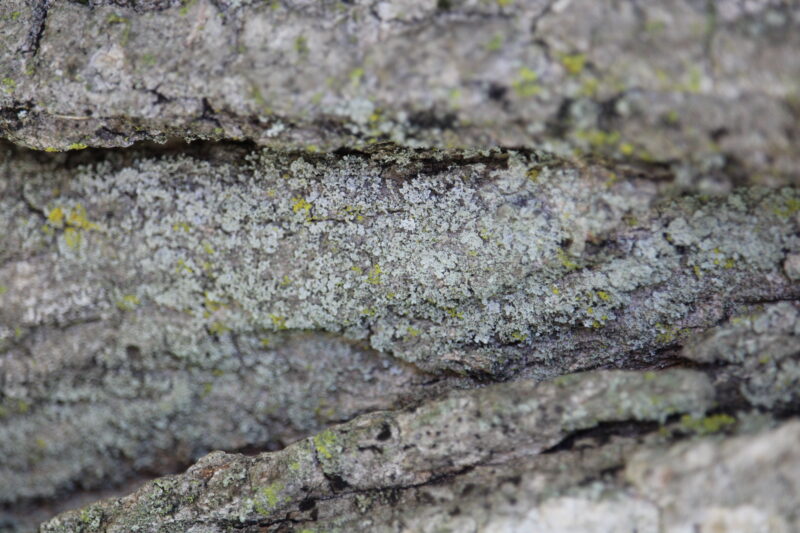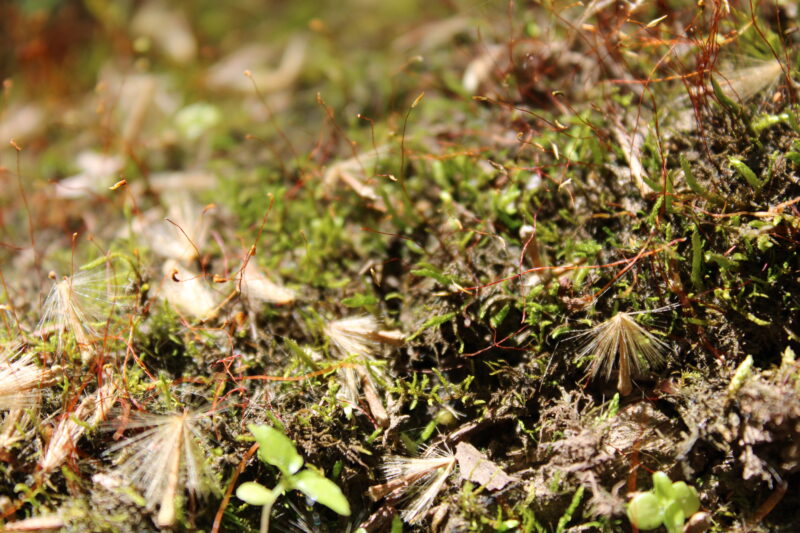Antrim Park Description
Antrim Park is a diverse location because of its various biomes in such a small urban area. Within its nearly 120-acre span, the park contains a small man-made lake, woods, creeks, fields, hills, and even a swamp-like area that has formed in recent years. The park is located off of Olentanrgy River Road, northwest of OSU’s campus. The trails are frequently used making it easier to traverse than some other parks around Columbus, despite the high traffic, much of the plant life is undisturbed. Many people walk the main trail along the lake but smaller trails lead into the woods that walk along the creek.
Poison Ivy Again???
A staple of any park is poison ivy and Antrim Park is no exception to that. This patch was found along the main trail and many other poison-ivy look-a-likes were also seen at this location. Poison ivy can be recognized by its trifoliate leaves, it has 3 leaflets per stem, also typically, in the east, poison ivy grows as a vine along trees with a hairy central vine. Finally, it grows tiny dupes as its fruits. I was lucky enough to find some that were fruiting along the trail!
Flowers and Inflorescences
Purple Rocket
The purple rocket (Iodanthus pinnatifidus) is part of the Brassicaceae family, meaning, it has petals and sepals of 4, 6 stamens with 4 long and 2 short, radial symmetry with no fused parts, and a hypogynous syncarpous gynoecium. This example was seen in the woods on a trail following a creek towards Olentangy River. Purple rocket has a bractless panicle inflorescence giving it a very uniform and simple appearance. Lower on the photographed purple rocket is where the plant typically starts to fruit, however, it is not quite late enough in the season to see that occur. Although it normally looks like the leaves have just fallen off for the season, the stem-like structures left behind are actually fruits containing seeds! This fruit is a silique.
Narrow-Leaf Blue-Eyed-Grass
The Narrow-Leaf Blue-Eyed-Grass (Sisyrinchium angustifolium), which will now be abbreviated as blue-eyed-grass, is a part of the Liliaceae family. This means the flower is a monocot having flower parts of 3 and long narrow leaves. Uniquely from other Liliaceae flowers, the blue-eyed-grass appears to have a small spike-like protrusion from each of the petals. The gynecium is syncapous with a superior ovary within a hypanthium making it perigynous. Later in the year, when this flower will begin to fruit, it will produce capsule fruits containing its seeds. The specimen was found along a walking trail in the woods next to a signpost marking the nearby dam.
Large-Leaf Waterleaf
The Large-Leaf Waterleaf (Hydrophyllum macrophyllum) is not from one of our 8 known plant families. This is more identifiable through the leaves than the flower parts for me due to the fuzzy insides of the flower making it difficult to distinguish flower parts. However, the long stamens make it more clear that this is indeed a dicot with partially fused petals with an umbel inflorescence. There is slightly a hypanthium but the ovary is still superior making it a perigynous gynecium with a syncapous structure. Each flower produces a single capsule when fruiting. It was found in a patch of ground cover plants in a wooded area of a trail.
Daisy Fleabane
The Daisy Fleabane (Erigeron strigosus) is part of the Asteraceae family of Angiosperms. It has numerous disk and ray flowers with syncarpous gymnasiums that have superior ovaries and no hypanthium making them hypogynous. The disk flowers have slightly fused petals and are radial. Ray flowers and bilateral but otherwise the same in description. It has an umbel inflorescence and will eventually produce an aggregate of achenes. This image was taken at the very start of a trail into the woods just by the entrance.
Invasive Plants
Dame’s Violet or Dame’s Rocket
Dames Violet (Hesperis matronalis) originated from Europe from early settlers in America. Very soon after its arrival, it became a very weedy plant and overtook many others. This weedy nature and its ability to spread so many seeds so quickly make it a dangerous plant to keep around other native plants. It crowds out native plants which are beneficial to the ecosystems surrounding the area. Efforts to control Dame’s Violet include mainly herbicides and specifically using them when rosettes are green in the autumn.
Honeysuckle
Honeysuckle (Lonicera maackii) was by far the most common plant I saw at Antrim Park. Most people know Antrim Park has this problem and the Columbus Parks and Recreation Department even encourages visitors to pull starts when they see them beginning to grow. The frail nature of these trees makes them easier to pull from the ground compared to oaks and ashes. Camps even pull mature trees out of the ground and use them to create forts in the woods! It is a good method to educate the next generation about these plants and do some light removal. The reason they are so bad for the ecosystems is that they suffocate other herbaceous plants and trees in the surrounding area. When Honeysuckle takes over an area the roots cannot support the ground enough which results in a swampy-like area forming which destroys the natural ecosystem. Honeysuckle, like many other invasive plants we’ve seen before, comes from Asia and was brought over to be an ornamental plant but soon grew uncontrollably.
Multiflora Rose
The Multiflora Rose (Rosa multiflora) was found in some areas around the edges of the wooded areas of the park. While looking like an innocent plant and not necessarily as abundant as plants such as Honeysuckle, it still is crippling for ecosystems in Ohio. The Multi Floral Rose tends to create barricades around other plants and thus suffocates their growth. Current methods of removal are consistently mowing or trimming followed by herbicides to prevent growth later. Similar to Honeysuckle, it originates from Asian countries, Japan, Korea, and China.
Garlic Mustard
Garlic Mustard (Alliaria petiolata) is another very common invasive plant in Ohio. The main problem it causes is preventing native plants from starting to grow. Garlic Mustard spreads very quickly and has a leaf growth pattern that does not let light reach the ground below it. This cuts out light for other plants and prevents vital nutrients as well. Prevention and removal of Garlic Mustard include herbicides such as roundup, however, those methods are non-selective and can kill other native surrounding plants. Another method is simply pulling it from the ground before it fruits. The plant is extremely easy to lift from the ground, making it a viable method for removal.
Woody Plants
Maple (Samaras)
This Maple tree is identifiable by both its fruit and leaves. The Maple family of trees is the Acer family. This Maple is producing samara fruits. Samaras are little winged achenes that are better suited for wind dispersal than regular achenes. The identification can be narrowed down to Maples since the winged seeds come in pairs of 2. It is difficult to determine the species from the fruit this time of year since they are not fully formed yet.
Apple (Pomes)
This tree is suspected to be an apple tree from the genus Pyrus because of the start of pomes beginning to form. The pome is noticeable due to the end of the fruit having the end of the stigma seen. The leaves are also very similar because of the small number of leaf veins on the leaf. Pomes are very rarely any other fruit, they are very niche to apples and pears.
Common Cottonwood
Despite it not being in bloom, this tree has a unique leaf that is similar to a redbud however it is more triangular. The tip of the leaf is unique from the slight curve but otherwise, the veins are not compound and are perpendicular at the base of the leaf. The species’ name is Populus deltoides. Normally this tree would produce capsules that split open releasing a cotton interior.
Slippery Elm
The Slippery Elm (Ulmus rubra) is also not fruiting at this time of year but this is likely an Elm due to the shape of the leaf. The base of the leaf is uneven with a cliff on the right side of the leaf. This combined with the hairless nature makes me believe it is a Slippery Elm. When the season changes, this Elm with produce an oval-like winged samara, similar to the Maple but a different shape.
Mosses and Lichens
Common Greenshield Lichen
Lemon Lichen
Rough Speckled Shield Lichen
Unidentified Pleurocarp
The following bryophyte was found on the base of a log near the ground, it had many visible sporophytes with long teeth extending from red stems. Each of the gametophytes appeared to have small and tightly condensed leaves. They appeared almost like scaley twigs. Further investigation with a compound microscope is needed to determine the configuration of the cells along the base of leaves such as the alar cells and the cells surrounding the costa.

